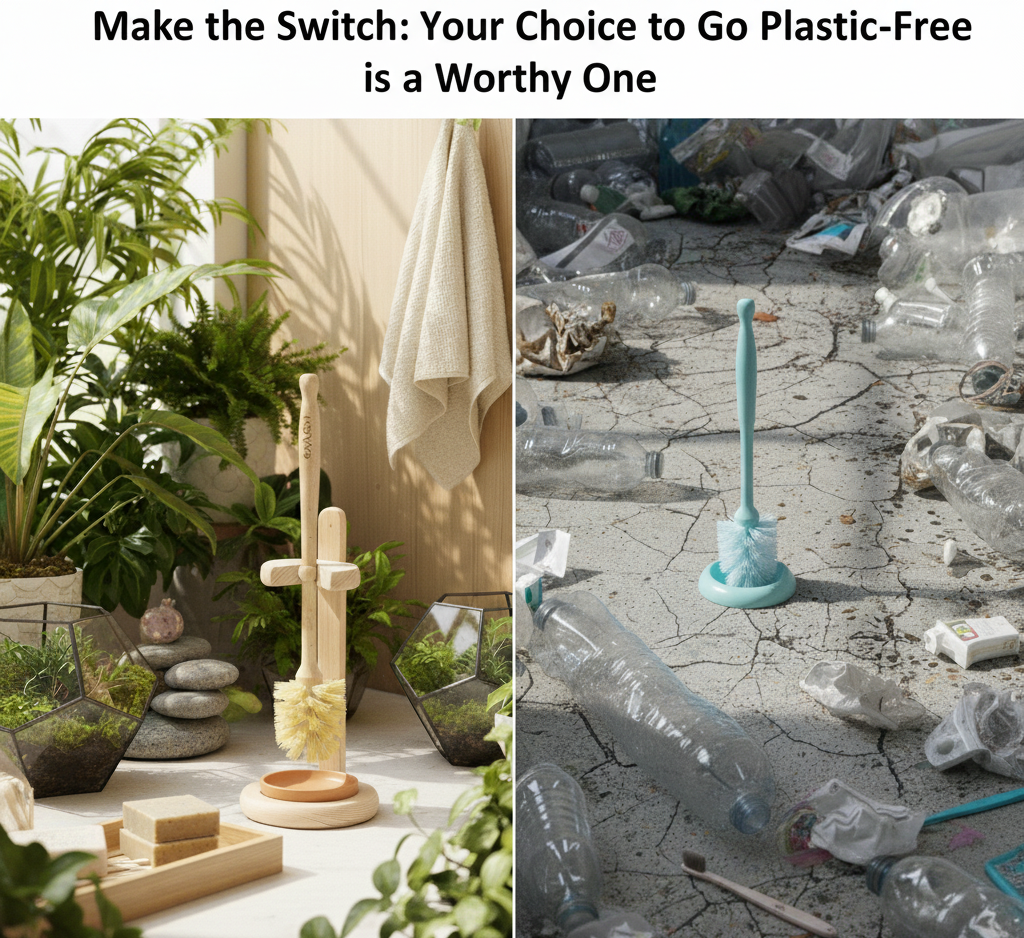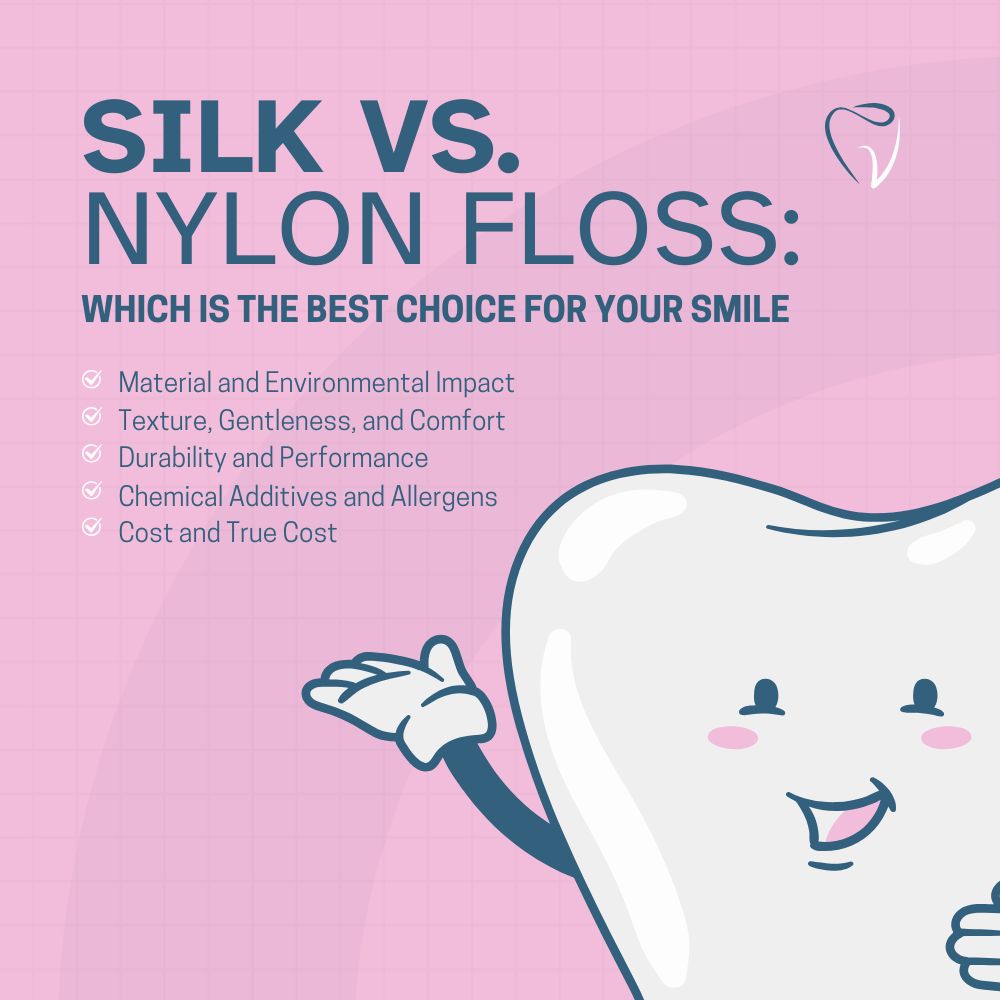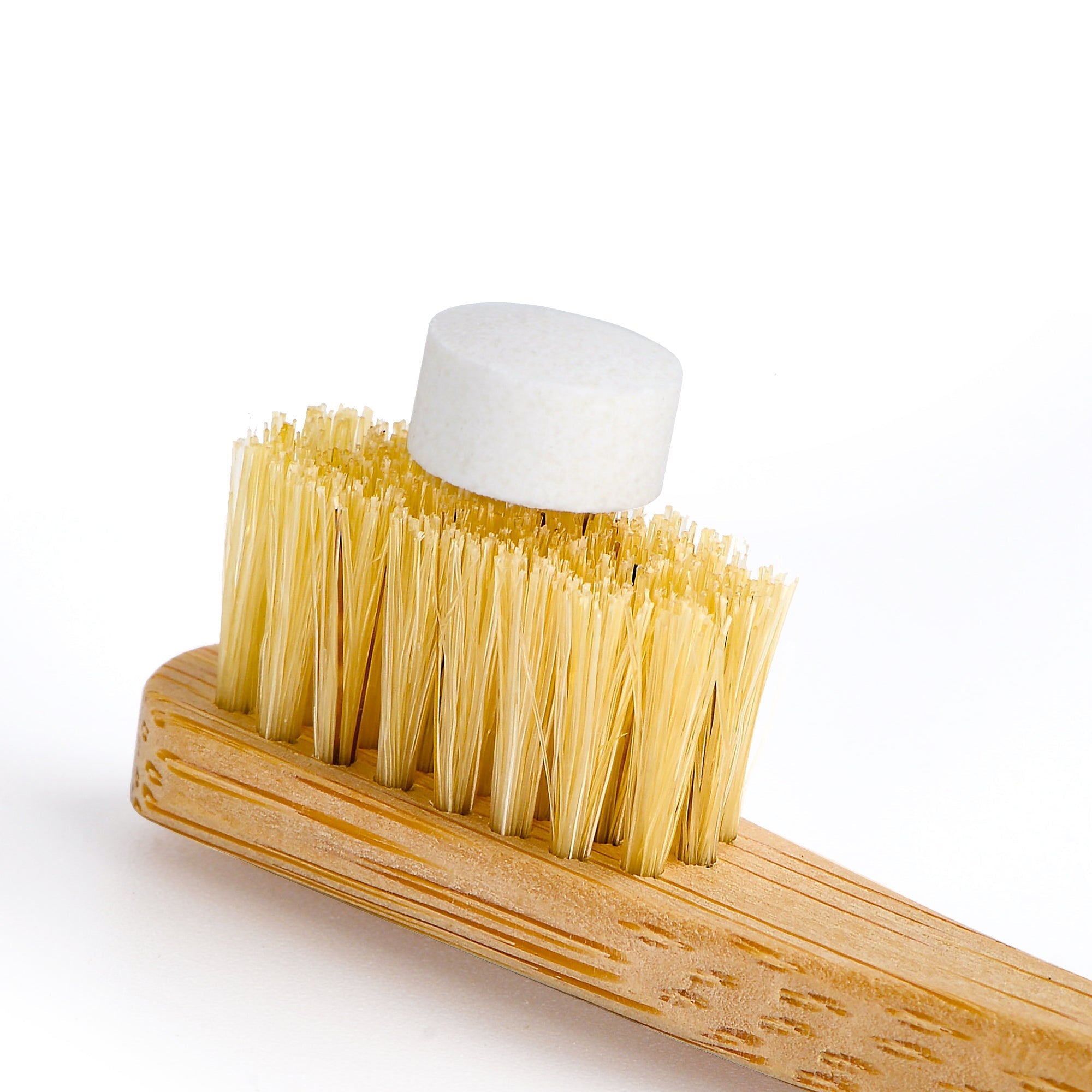The Truth About Bioplastics: Are They Really Biodegradable?
In a world increasingly aware of plastic pollution, bioplastics have emerged as a promising alternative. But the big question remains: are they really biodegradable, and under what conditions? Let's dive into the facts, focusing on Polylactic Acid (PLA), Polyhydroxyalkanoates (PHA), and starch-based bioplastics.
Understanding Biodegradability
Before we look at specific types, it's crucial to understand that "biodegradable" isn't a simple yes/no. It depends heavily on the environment – temperature, moisture, and the presence of specific microorganisms all play a role. A material that breaks down quickly in one environment might persist for decades in another.
The Biodegradability Issues of Key Bioplastics
Polylactic Acid (PLA)
PLA is widely marketed as a sustainable alternative to conventional plastics. While it is biodegradable, its ability to break down is highly dependent on the disposal environment:
- Industrial Composting Required: PLA biodegrades efficiently only under strict industrial composting conditions, which provide high temperatures (58–60°C) and specific microbial communities. In such facilities, PLA can break down into carbon dioxide, water, and humus within 90–180 days. This is a key distinction to understand about the truth about "compostable" plastics.
- Limited Home/Soil Biodegradation: In home composting or natural soil, PLA degrades much more slowly—potentially taking several years or even decades due to lower temperatures and less optimal microbial activity.
- Marine Persistence: PLA is particularly persistent in marine and aquatic environments. Low temperatures and a scarcity of the specific PLA-degrading microbes mean it can last for many years, contributing to pollution.
- Waste Management Challenge: The reality is that most PLA products do not end up in industrial composting facilities. Instead, they often end up in landfills or general waste streams, where they persist, undermining their eco-friendly reputation. This highlights the broader issue of addressing plastic pollution effectively.
PHA (Polyhydroxyalkanoates)
PHA bioplastics are generally considered more reliably biodegradable than PLA across a wider range of environments:
- Natural Environment Degradation: PHAs are broken down by a wide variety of microorganisms found in soil, freshwater, and marine environments. This makes them suitable for applications where environmental leakage (e.g., accidental release into nature) is a concern.
- Influencing Factors: While versatile, the rate of PHA degradation still depends on several factors: the polymer's chemical composition and crystallinity, environmental conditions (temperature, pH, salinity), and the presence of specific microbial communities. Higher temperatures and humidity, as well as the presence of certain bacteria and fungi, generally accelerate degradation.
- Additives and Blends: It's worth noting that blending PHAs with other materials or adding certain additives can sometimes alter their biodegradability, potentially reducing the rate of breakdown.
- Aerobic vs. Anaerobic: PHAs typically degrade faster in aerobic (oxygen-rich) conditions but are also capable of breaking down anaerobically (without oxygen), producing methane and carbon dioxide.
Starch-Based Bioplastics
Starch-based bioplastics are often among the most biodegradable options available:
- Rapid Degradation in Moist Soil: Native starches degrade quickly in moist soil due to their natural structure and high accessibility to microorganisms.
- Mechanical Limitations: Pure starch-based plastics often have poor mechanical properties, so they are frequently blended with other polymers for strength, which can affect their overall biodegradability.
- Environmental Sensitivity: While generally fast to degrade, their biodegradation significantly slows down in dry soils or low-moisture environments.
- High Biodegradability: Studies have shown starch-based bioplastics can achieve up to 88% biodegradation under favorable conditions.
- Emerging Health Concerns: Recent research indicates that starch-based microplastics, released from wear and tear on products, could pose health risks. A study published in ACS’ *Journal of Agricultural and Food Chemistry* found that mice consuming these particles developed health problems such as liver damage and gut microbiome imbalances. This suggests that "biodegradable starch-based plastics may not be as safe and health-promoting as originally assumed."
Summary: Biodegradability Comparison
Here's a summary of how different bioplastic types compare in terms of biodegradability:
-
PLA (Polylactic Acid):
- Biodegradability in Industrial Compost: High (90–180 days)
- Soil/Home Compost: Very slow
- Marine/Aquatic Environment: Very slow (years/decades)
- Key Issues: Needs industrial composting; persists in nature if not managed properly.
-
PHA (Polyhydroxyalkanoates):
- Biodegradability in Industrial Compost: High
- Soil/Home Compost: High
- Marine/Aquatic Environment: Moderate to high
- Key Issues: Rate depends on environment & polymer composition; blends can affect degradation.
-
Starch-Based Bioplastics:
- Biodegradability in Industrial Compost: High
- Soil/Home Compost: High (if moist)
- Marine/Aquatic Environment: Moderate
- Key Issues: Blends may reduce biodegradability; poor performance in dry soils; emerging health concerns from microplastics.
Key Takeaways
- PLA is only truly biodegradable in industrial composting settings. It can persist for years in soil, landfills, or marine environments if these specific conditions are not met.
- PHA offers better natural biodegradability across a wider range of environments, including soil and marine. However, its breakdown rate still varies with environmental and polymer factors.
- Starch-based bioplastics degrade rapidly in moist, microbe-rich environments. Their effectiveness can be reduced when blended with less biodegradable materials or in dry conditions. Importantly, recent studies suggest that **starch-based microplastics may pose health risks**, impacting organs and gut microbiome.

Conclusion
While PLA, PHA, and starch-based bioplastics are all marketed as biodegradable, it's clear that their real-world performance varies significantly. Only PHAs and starch-based bioplastics reliably break down in a wide range of natural environments. PLA's biodegradability is largely limited to specialized industrial composting, raising concerns about its true environmental benefits if not properly managed. Furthermore, the emerging research on starch-based microplastics highlights the complex and sometimes unforeseen challenges in the quest for truly sustainable alternatives. This is why choosing truly plastic-free alternatives like boar bristle bamboo toothbrushes or horsehair bamboo toothbrushes is so important.
As consumers, understanding these nuances allows us to make more informed choices and advocate for better waste management infrastructure for bioplastics. Learn more about how to ditch microplastics and understand what microplastics are and how to reduce exposure.
Frequently Asked Questions (FAQs) About Bioplastic Biodegradability
Q1: How does the biodegradability of PLA compare to other bioplastics like PHA?
A1: PLA primarily biodegrades efficiently only in industrial composting facilities with high heat and specific microbes. PHAs, on the other hand, are generally more versatile and can biodegrade in a wider range of natural environments, including soil, freshwater, and marine settings, due to a broader spectrum of microorganisms that can break them down.
Q2: What are the main challenges in the biodegradation of PLA in marine environments?
A2: The primary challenges for PLA in marine environments are the low temperatures and the scarcity of specific microbial communities that can effectively degrade PLA. These conditions mean that PLA can persist in marine environments for many years, acting similarly to conventional plastics in terms of pollution.
Q3: Can the biodegradability of PLA be improved through enzyme treatments or microbial enhancements?
A3: Yes, research is ongoing to enhance PLA's biodegradability. Studies have shown that adding biostimulants like skim milk, gelatin, or ethyl lactate can accelerate PLA's breakdown in compost. There is also research into using specific enzymes or microbial enhancements to improve its degradation rate in various conditions.
Q4: How do additives affect the biodegradability of PLA?
A4: Additives can significantly influence PLA's biodegradability. Some natural-based plasticizers, fillers like calcium carbonate, or lignin-coated cellulose nanocrystals can affect how quickly PLA breaks down. Depending on the additive, it might either accelerate or inhibit degradation, or even introduce new microplastic concerns if the additive itself is not biodegradable.
Q5: What are the optimal conditions for PLA biodegradation in industrial composting?
A5: Optimal conditions for PLA biodegradation in industrial composting facilities include high temperatures, typically between 58–60°C, and controlled humidity. These conditions foster the growth of specific thermophilic (heat-loving) microbial communities that are essential for efficiently breaking down PLA into carbon dioxide, water, and humus within 90–180 days.










